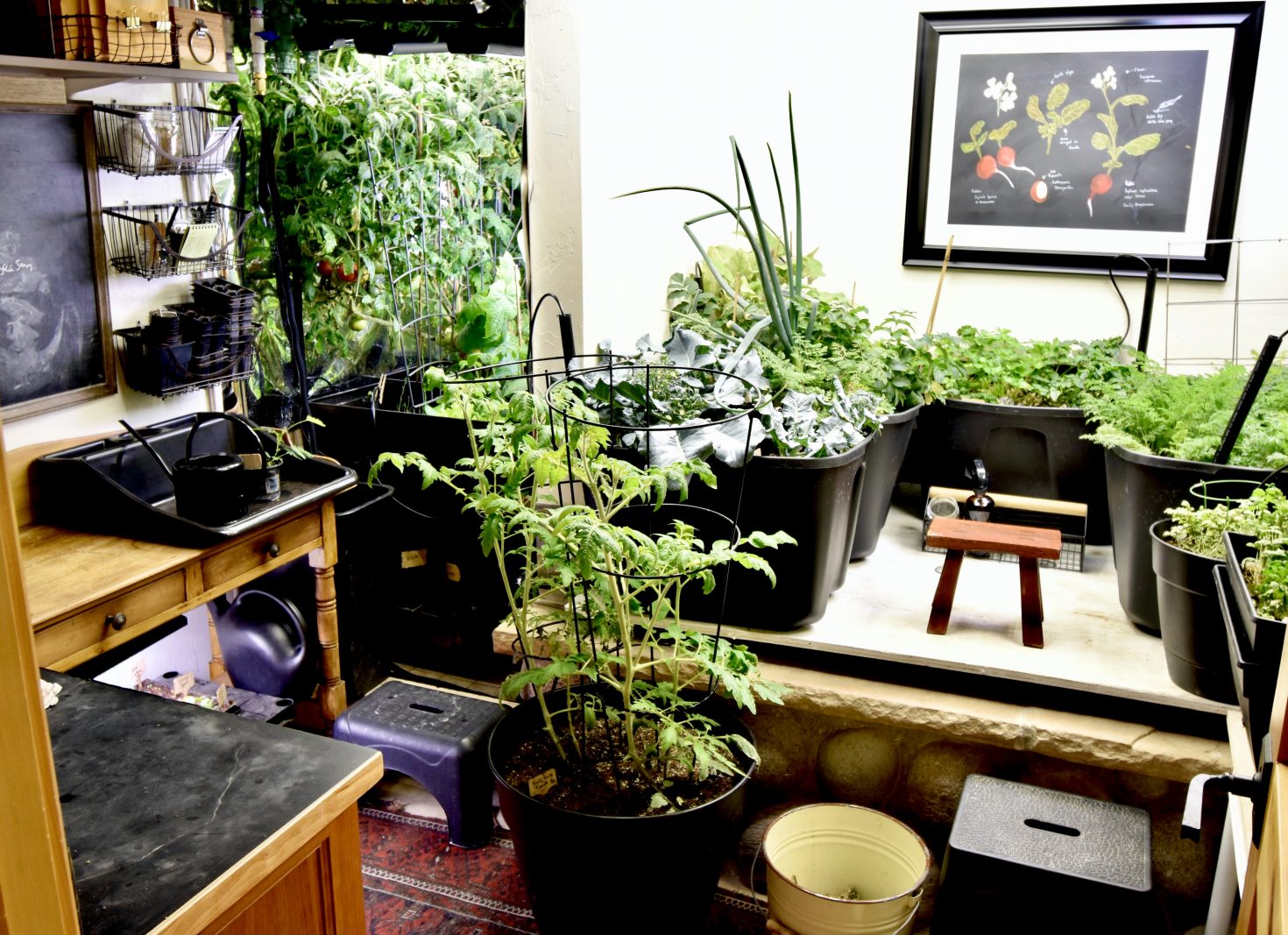

Articles
How To Build An Indoor Garden
Modified: October 20, 2024
Learn how to build a beautiful indoor garden with our informative articles. Discover expert tips and tricks for creating a thriving green space in your home.
(Many of the links in this article redirect to a specific reviewed product. Your purchase of these products through affiliate links helps to generate commission for Storables.com, at no extra cost. Learn more)
Introduction
Indoor gardening is a popular and rewarding hobby that allows you to bring the beauty of nature into your home. Whether you live in a small apartment or a spacious house, creating an indoor garden can transform any space into a vibrant and thriving oasis.
Not only does indoor gardening add a touch of greenery to your surroundings, but it also offers numerous benefits for your mental and physical well-being. Plants have been scientifically proven to enhance air quality, reduce stress levels, and improve concentration and productivity.
In this article, we will guide you through the process of building your own indoor garden. We will explore the different aspects to consider, from choosing the right location and selecting the best plants, to providing adequate lighting, watering and fertilizing, maintaining the proper temperature and humidity, and controlling pests and diseases. By the end of this article, you will have all the information you need to create a thriving indoor garden that will bring joy and beauty to your home.
Key Takeaways:
- Indoor gardening offers benefits beyond aesthetics, including improved air quality, stress reduction, and enhanced concentration. It provides a platform for learning, personal growth, and a strong connection with nature, enriching everyday life.
- Creating a thriving indoor garden involves careful consideration of location, plant selection, lighting, watering, and pest control. It’s a rewarding and fulfilling hobby that brings joy, serenity, and the beauty of nature into your home.
Read more: Bring Nature Indoors With Indoor Jungle Tips
Choosing the Right Location
Choosing the right location for your indoor garden is crucial for the success of your plants. You’ll need to consider factors such as lighting, temperature, humidity, and available space. Here are some tips to help you find the perfect spot:
- Lighting: Most plants require ample sunlight to thrive. Look for a location that receives at least 6 to 8 hours of direct or indirect sunlight each day. South-facing windows are typically the best, as they provide the most sunlight. If you have limited access to natural light, you can also supplement with artificial grow lights.
- Temperature: Plants have temperature preferences, so it’s important to choose a location that matches their needs. Most common houseplants prefer temperatures between 65°F and 75°F (18°C to 24°C). Avoid placing your indoor garden near drafts or areas with extreme temperature fluctuations.
- Humidity: Indoor environments tend to be drier than outdoor settings, which can affect the health of your plants. Consider placing your indoor garden in a room with higher humidity levels, such as a bathroom or kitchen. You can also increase humidity by misting your plants regularly or using a humidifier.
- Space: Assess the available space in your home and choose a location that can accommodate the size of your indoor garden. Make sure there’s enough room for the plants to grow and for you to have easy access for maintenance tasks such as watering and pruning.
- Avoiding hazards: Keep your indoor garden away from potential hazards such as heating vents, air conditioning units, or appliances that produce heat or cold. Also, make sure the location is safe for pets and children, avoiding toxic plants or plants that can be easily knocked over.
Remember, the right location for your indoor garden will provide the ideal conditions for your plants to thrive. Take the time to assess your space and choose an area that meets the specific needs of your chosen plants.
Selecting the Right Plants
When it comes to indoor gardening, selecting the right plants is vital to ensure their health and growth in an indoor environment. Here are some factors to consider when choosing plants for your indoor garden:
- Light requirements: Different plants have varying light requirements. Some are more tolerant of low light conditions, while others thrive in bright, direct sunlight. Assess the lighting conditions of your chosen location and select plants that match those conditions.
- Space availability: Consider the available space in your indoor garden. Some plants, such as trailing vines, can be ideal for hanging baskets or vertical gardens. Others, like tall and bushy plants, may require more floor space. Choose plants that can comfortably fit within your chosen location.
- Watering needs: Plants have unique watering requirements, and it’s important to choose plants that align with your lifestyle and watering habits. Some plants, like succulents, require infrequent watering, while others, like ferns, thrive in more humid conditions and may need more regular watering.
- Maintenance demands: Consider the amount of time and effort you’re willing to invest in the maintenance of your indoor garden. Some plants require regular pruning, fertilizing, or repotting, while others are more low-maintenance. Choose plants that you can commit to caring for appropriately.
- Aesthetic preferences: Select plants that align with your personal aesthetic preferences and the overall ambiance of your home. Consider the color scheme, texture, and form of the plants and choose varieties that complement your interior design style.
Additionally, it’s essential to research the specific care requirements of each plant you select. Factors such as temperature preferences, humidity levels, and fertilizing needs can vary among different species. This knowledge will help you provide the necessary care for your plants and ensure their overall well-being in your indoor garden.
By selecting the right plants, you can create a beautiful and thriving indoor garden that brings joy and serenity to your home environment.
Providing Adequate Lighting
Light is one of the most critical factors for the health and growth of indoor plants. In most cases, natural sunlight is the best source of light for indoor gardens. However, if you have limited access to sunlight or if your plants have higher light requirements, you may need to supplement with artificial lighting. Here are some guidelines for providing adequate lighting for your indoor garden:
- Natural sunlight: If possible, place your indoor garden near a window that receives direct or indirect sunlight. South-facing windows usually provide the most sunlight throughout the day. East-facing windows receive morning sun, while west-facing windows receive afternoon sun. Assess the lighting conditions in your home and choose a location that offers the best natural light for your plants.
- Artificial grow lights: If your indoor garden doesn’t receive sufficient natural light, you can use artificial grow lights to supplement. LED grow lights are the most popular choice as they are energy-efficient and provide the right spectrum of light for plant growth. Position the grow lights above your plants based on their light requirements, and adjust the height as the plants grow to maintain an optimal distance.
- Light duration: Most plants need 12 to 16 hours of light per day for healthy growth. Use timers to ensure a consistent light schedule for your indoor garden. Mimic the natural light pattern by providing a longer duration of light during the spring and summer months and reducing it during the fall and winter.
- Light intensity: Different plants have varying light intensity requirements. Some plants, like succulents and cacti, thrive in high light conditions, while others, such as ferns and snake plants, prefer lower light levels. Refer to specific plant care information and adjust the lighting intensity accordingly.
- Light distance: When using artificial grow lights, it’s crucial to maintain the proper distance between the light source and the plants. This distance varies depending on the light intensity and the specific requirements of each plant. Consult the manufacturer’s guidelines for recommended distances.
Regularly monitor your plants’ response to the lighting conditions. If you notice signs of inadequate light, such as elongated stems, pale leaves, or stunted growth, consider adjusting the lighting setup. Remember, providing adequate lighting is essential for the overall health and productivity of your indoor garden.
Watering and Fertilizing
Proper watering and fertilizing techniques are essential for maintaining the health and vitality of your indoor garden. Here are some guidelines to ensure your plants receive the right amount of water and nutrients:
- Watering: The watering needs of plants can vary based on their species, size, and environmental conditions. Before watering, check the moisture level of the soil by sticking your finger about an inch deep into the soil. If it feels dry, it’s time to water. Be careful not to overwater, as this can lead to root rot and other issues. Water thoroughly until water drains out of the pot’s drainage holes, and allow the excess water to drain away.
- Frequency: The frequency of watering depends on factors such as the plant’s water requirements, temperature, humidity, and potting mix. Some plants, like succulents, prefer drier conditions and require less frequent watering, while others, like tropical plants, thrive in more humid environments and may need more regular watering. Monitor the moisture levels of the soil and adjust your watering schedule accordingly.
- Fertilizing: Indoor plants benefit from regular fertilization to provide them with essential nutrients. Choose a balanced, water-soluble fertilizer specifically formulated for indoor plants. Follow the instructions on the fertilizer packaging for the correct dilution and application frequency. Fertilize your plants during the growing season, typically from spring to early fall, and reduce or stop fertilizing during the dormant period in winter.
- Application method: Apply the fertilizer to the soil around the base of the plants. Avoid getting the fertilizer on the leaves, as it may cause burns or other damage. After fertilizing, thoroughly water the plants to help distribute the nutrients evenly through the soil.
- Observation and adjustment: Monitor your plants for signs of under or over-fertilization. Signs of under-fertilization include slow growth, yellowing leaves, and overall poor health. Signs of over-fertilization include burnt or browned leaf tips, wilting, and stunted growth. Adjust the fertilization schedule and dosage based on the needs and response of your plants.
Remember, each plant has unique watering and fertilizing requirements, so be sure to research and understand the specific needs of the plants in your indoor garden. Proper watering and fertilizing practices will help your plants thrive and flourish, providing you with a beautiful and rewarding indoor garden.
Tip: Choose plants that thrive in indoor environments, such as pothos, spider plants, and peace lilies. Consider the amount of light and space available when selecting your plants.
Read more: How To Build Indoor Fireplace
Maintaining Proper Temperature and Humidity
Ensuring the right temperature and humidity levels in your indoor garden is crucial for the overall health and well-being of your plants. Here are some tips to help you maintain optimal conditions:
- Temperature: Most indoor plants thrive in temperatures between 65°F and 75°F (18°C to 24°C). Avoid placing your plants in areas with fluctuating temperatures or extremes, such as near heating vents, air conditioning units, or drafty windows. Monitor the temperature in your indoor garden regularly and make adjustments as needed.
- Humidity: Indoor environments tend to be drier than outdoor settings, which can be challenging for some plants. Increase humidity levels by misting your plants with water daily or using a humidifier. Placing plants on trays filled with water and pebbles can also help maintain higher humidity around the plants. Grouping plants together can create a microclimate of higher humidity as the plants release moisture through transpiration.
- Monitoring tools: Consider using a digital thermometer and hygrometer to accurately measure the temperature and humidity levels in your indoor garden. This will help you identify any deviations from the optimal range and make the necessary adjustments.
- Seasonal adjustments: Remember that temperature and humidity requirements may vary with the seasons. During the winter, when indoor heating systems can dry out the air, you may need to increase humidity levels. In the summer, when temperatures rise, ensure proper ventilation and avoid excessive heat exposure for your plants.
- Plant-specific needs: Different plants have varying temperature and humidity requirements. Some tropical plants, for example, thrive in higher humidity levels, while others, such as succulents, prefer drier conditions. Research the specific needs of your plants and make adjustments accordingly.
By maintaining the proper temperature and humidity levels in your indoor garden, you create a favorable environment for your plants to grow and flourish. Regular monitoring and adjustment will help ensure the optimal conditions for their overall health and vitality.
Controlling Pests and Diseases
Pests and diseases can pose significant threats to the health and well-being of your indoor garden. However, with proper prevention and timely intervention, you can effectively control and minimize their impact. Here are some strategies for managing pests and diseases in your indoor garden:
- Prevention: Prevention is key to avoiding pest and disease issues. Start by inspecting new plants before bringing them into your indoor garden. Look for signs of pests or diseases, such as discolored leaves, spots, or webs. Quarantine new plants for a few weeks to ensure they are free of any issues. Additionally, practice good hygiene by regularly cleaning your indoor garden, removing dead leaves, and keeping the area tidy.
- Natural remedies: In cases where pests are present, you can try using natural remedies to control them. For instance, neem oil or insecticidal soap can be effective against common indoor plant pests such as aphids, mealybugs, and spider mites. Remember to follow the instructions carefully and apply the remedies as needed.
- Biological controls: Another method for pest control is using beneficial insects like ladybugs or predatory mites. These insects can help keep pest populations under control without the use of chemicals. Introduce them into your indoor garden according to the specific instructions provided.
- Isolation: If a plant in your indoor garden is affected by pests or diseases, it’s important to isolate it from other plants to prevent the infestation from spreading. Remove the affected plant from the vicinity of healthy plants and treat it separately. This will help contain the issue and protect the rest of your indoor garden.
- Research and professional help: If you’re struggling to control pests or identify a disease, don’t hesitate to seek assistance. Research the specific pest or disease affecting your plants and consult reliable sources for guidance. You can also reach out to local gardening experts or consult a professional for advice and treatment options.
Regular monitoring, good hygiene practices, and early intervention are crucial to effectively manage pests and diseases in your indoor garden. By implementing these strategies, you can maintain a healthy and thriving indoor garden for your enjoyment.
Arranging and Decorating Your Indoor Garden
Creating an aesthetically pleasing indoor garden not only enhances the beauty of your space but also contributes to a sense of tranquility and harmony. Here are some tips for arranging and decorating your indoor garden:
- Consider plant placement: Take into account the growth habits, size, and lighting requirements of your plants when arranging them. Place taller plants at the back or in the corners, and use shorter plants or trailing vines to fill in the front or to create layers of height. This will create a visually appealing arrangement and ensure that all plants receive adequate light.
- Variety of plant types: Incorporate a variety of plant types in your indoor garden to create interest and diversity. Mix foliage plants with blooming plants to add color and texture. Experiment with different leaf shapes, sizes, and colors to create a visually captivating display.
- Pots and containers: Choose pots and containers that complement your interior style and the overall theme of your indoor garden. Consider different materials, such as terracotta, ceramic, or decorative planters, to add visual appeal. Use containers of varying heights and sizes to create depth and dimension.
- Accessorize: Add decorative elements to enhance the ambiance of your indoor garden. Place decorative stones or pebbles on the soil surface for a polished look. Install trellises or moss poles for climbing plants. Hang macrame plant hangers or create a vertical garden with wall-mounted planters. These additions can add a touch of personal style and whimsy to your indoor garden.
- Create focal points: Designate a focal point in your indoor garden to draw attention and create a visual centerpiece. This could be a large statement plant, a beautifully arranged display, or a unique piece of garden decor. Consider placing this focal point in a prominent location to showcase its beauty.
- Seasonal decorations: Change up the decor in your indoor garden to reflect the changing seasons. Swap out planters or add seasonal accents like fairy lights, ornaments, or seasonal flowers. This will keep your indoor garden fresh and exciting throughout the year.
Remember, arranging and decorating your indoor garden is a creative process. Experiment with different layouts, themes, and decorative elements to create a space that reflects your personal style and brings you joy.
Benefits of Indoor Gardening
Indoor gardening offers a multitude of benefits that extend beyond the aesthetic appeal of having plants in your home. Here are some of the key advantages of indoor gardening:
- Improved air quality: Plants naturally remove toxins and pollutants from the air through a process called phytoremediation. They absorb harmful substances and release oxygen, resulting in improved air quality in your indoor space. This can lead to better respiratory health and a reduced risk of illnesses related to poor air quality.
- Stress reduction: The presence of greenery and nature indoors has a calming effect on the mind and can help reduce stress and anxiety. Studies have shown that being around plants can lower blood pressure, improve mood, and increase overall well-being. Creating a peaceful indoor garden can serve as a sanctuary for relaxation and rejuvenation.
- Enhanced concentration and productivity: Indoor gardening has been shown to enhance focus and concentration. Plants provide a soothing environment that can improve cognitive function and boost productivity. Incorporating plants into your workspace or study area can help create a more conducive environment for work or study.
- Connection with nature: Indoor gardening allows you to stay connected with nature, even in urban environments or areas with limited outdoor space. Taking care of plants and witnessing their growth and life cycles can foster a sense of connection with the natural world. This connection can bring a sense of peace, fulfillment, and mindfulness to your daily life.
- Learning and personal growth: Indoor gardening provides a platform for learning and personal growth. As you care for your plants, you develop important skills such as patience, responsibility, and problem-solving. It also offers an opportunity to learn about different plant species, their specific care requirements, and gardening techniques, expanding your knowledge and skills in horticulture.
- Food cultivation: Indoor gardening allows you to grow your own fresh herbs, vegetables, and fruits, providing you with a sustainable source of nutritious food. Growing your own food also allows you to have control over the cultivation process, avoiding the use of harmful pesticides and ensuring the highest quality and freshness of the produce you consume.
Indoor gardening is a rewarding and fulfilling hobby that offers numerous benefits for your physical, mental, and emotional well-being. It allows you to create a vibrant and nurturing environment within the walls of your home, bringing nature closer to you and enriching your everyday life.
Read more: How To Make An Indoor Garden
Conclusion
Indoor gardening is more than just a hobby – it is a way to bring the beauty and benefits of nature into your home. By carefully choosing the right location, selecting the appropriate plants, providing adequate lighting, watering and fertilizing properly, maintaining optimal temperature and humidity levels, and controlling pests and diseases, you can create a thriving indoor garden that brings joy and serenity to your living space.
Indoor gardening offers a multitude of benefits, including improved air quality, reduced stress levels, enhanced concentration, and a strong connection with nature. It provides a platform for learning and personal growth, as well as the opportunity to cultivate your own fresh and nutritious food.
As you arrange and decorate your indoor garden, you have the freedom to let your creativity flourish. Mix and match plants of various heights, textures, and colors, and experiment with different containers and decorative elements to create a visually appealing and personalized space.
Whether you live in a small apartment or a spacious house, indoor gardening allows you to create your own oasis of greenery and tranquility. Nurture your plants with care, watch them grow and thrive, and enjoy the sense of fulfillment and joy that comes with creating and maintaining a vibrant indoor garden.
So, why wait? Start your indoor gardening journey today and experience the myriad of benefits and the beauty that awaits you within the walls of your home.
Frequently Asked Questions about How To Build An Indoor Garden
Was this page helpful?
At Storables.com, we guarantee accurate and reliable information. Our content, validated by Expert Board Contributors, is crafted following stringent Editorial Policies. We're committed to providing you with well-researched, expert-backed insights for all your informational needs.
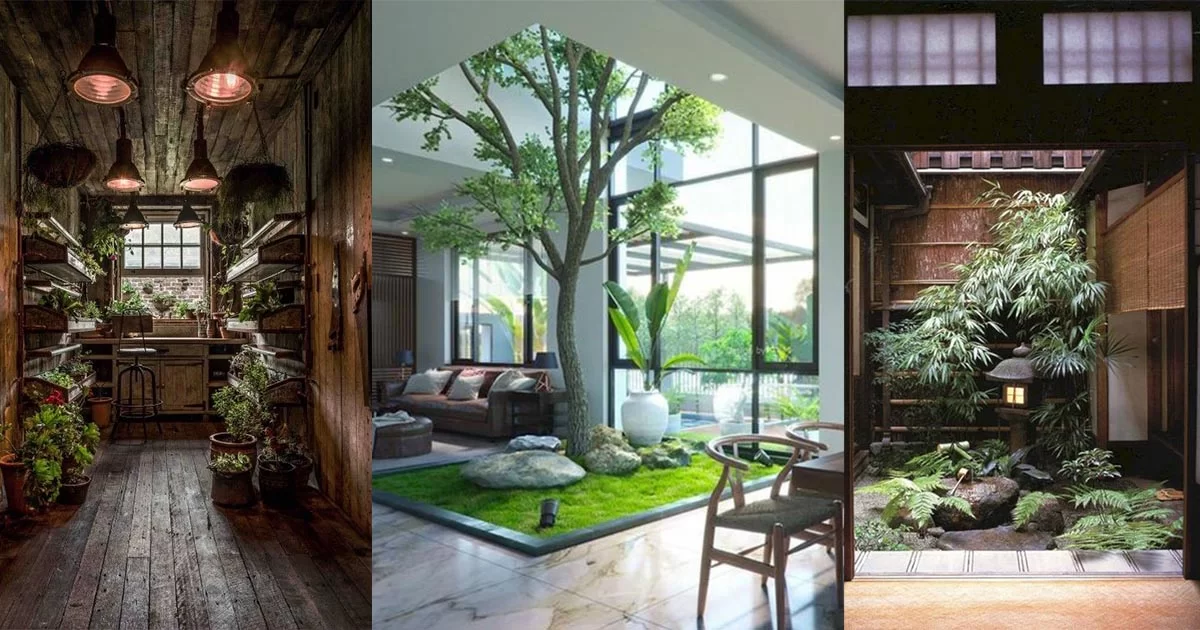
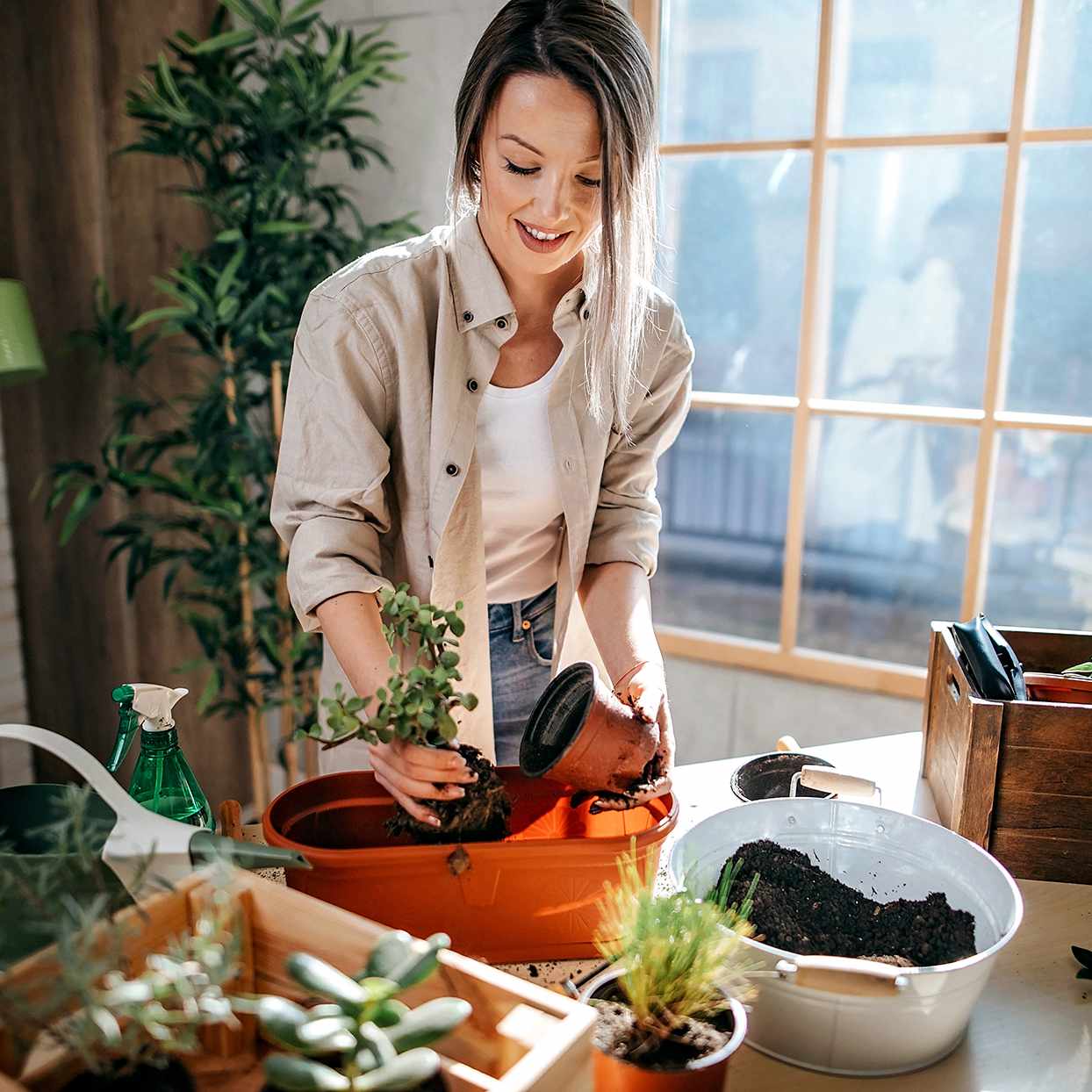
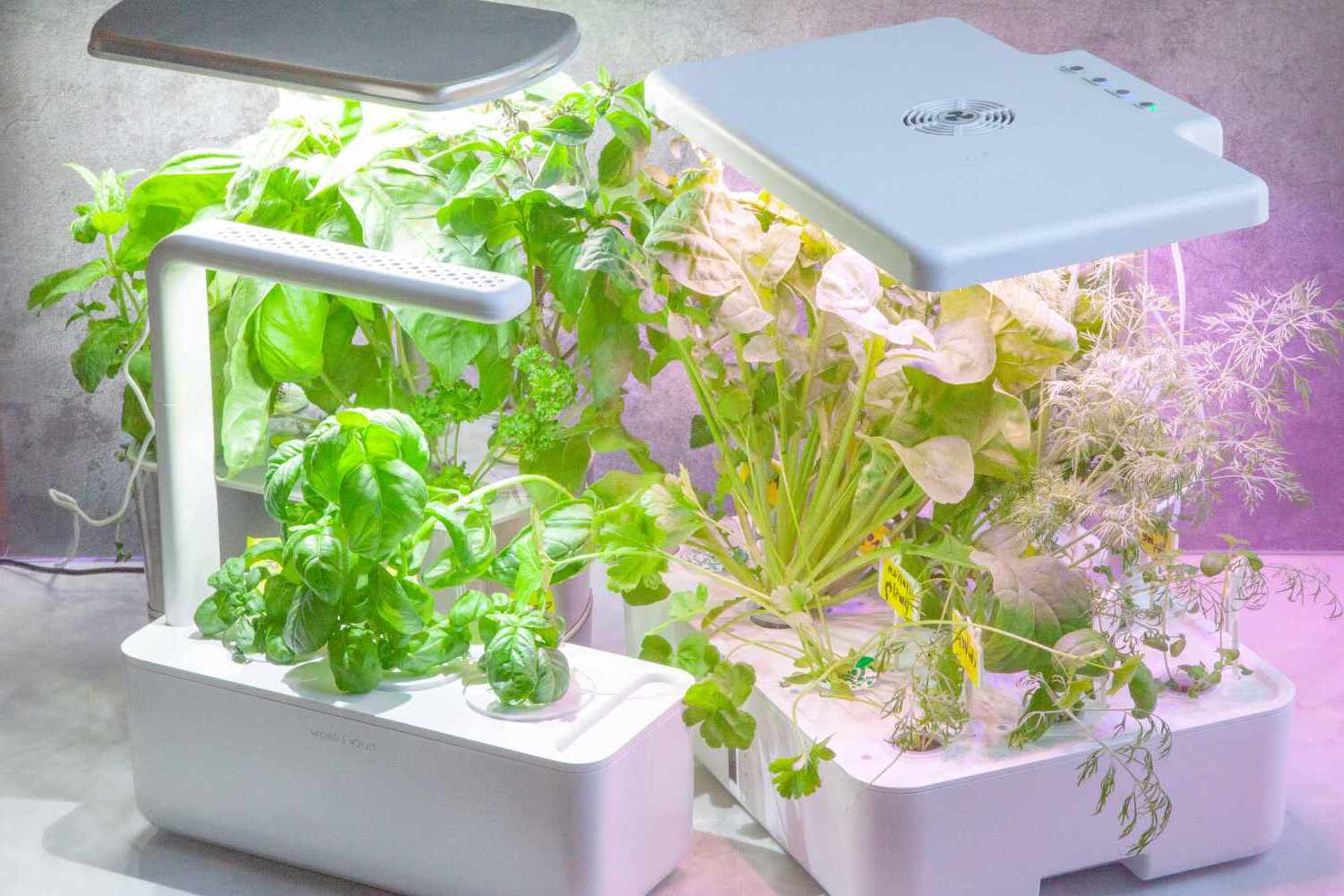
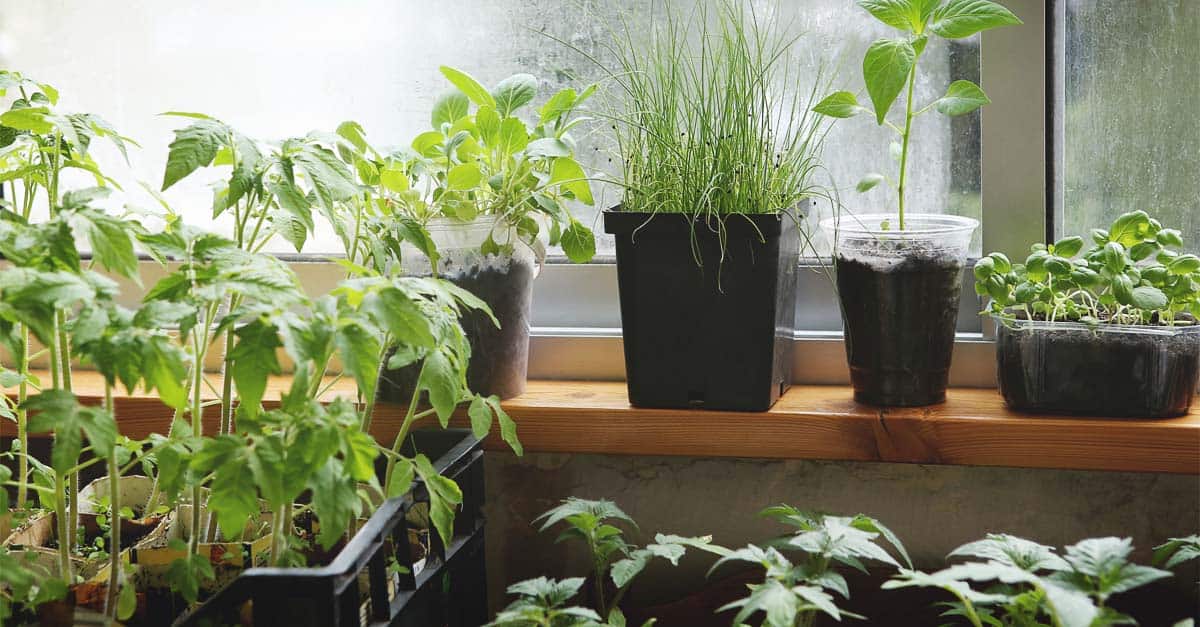

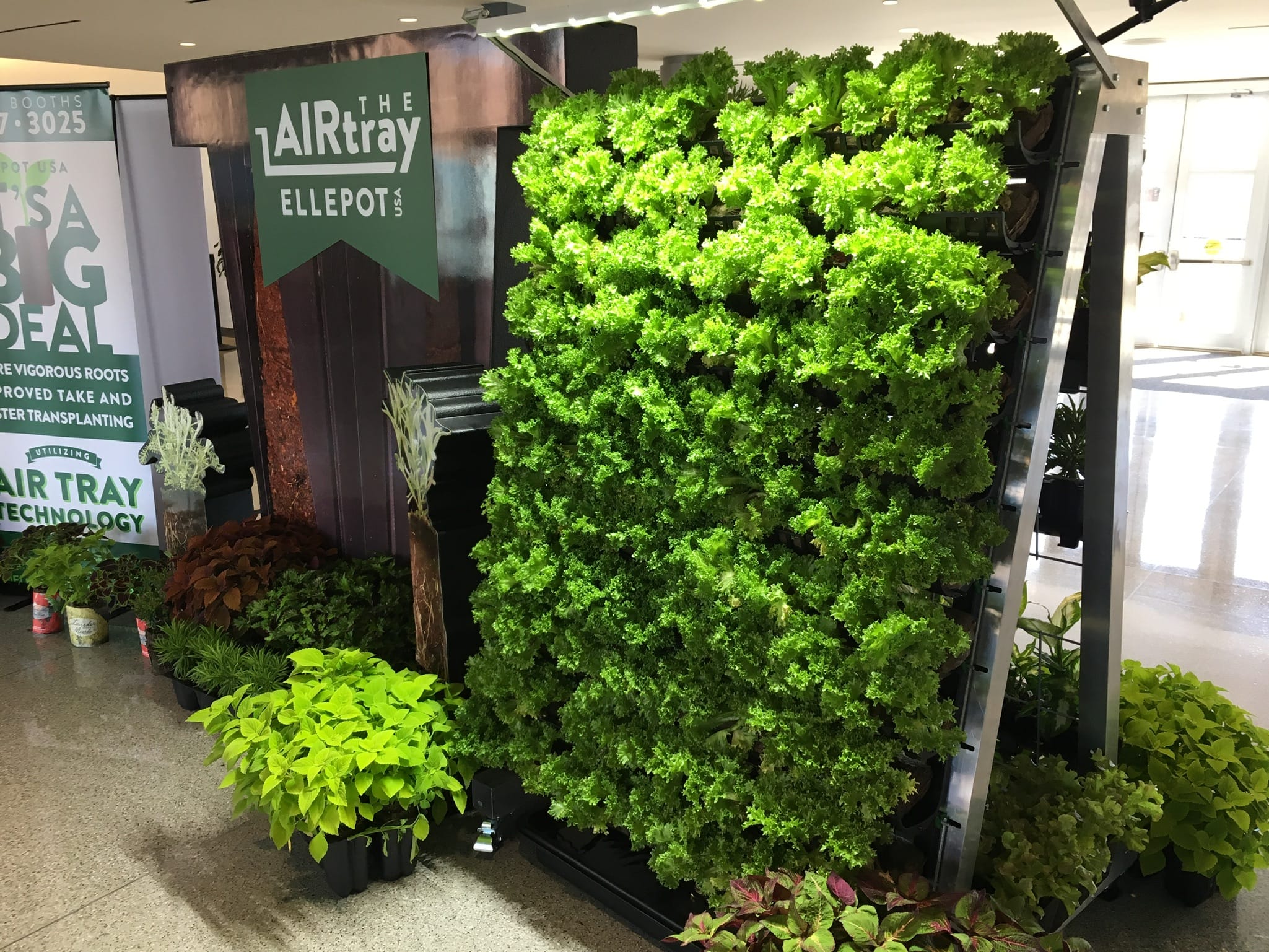
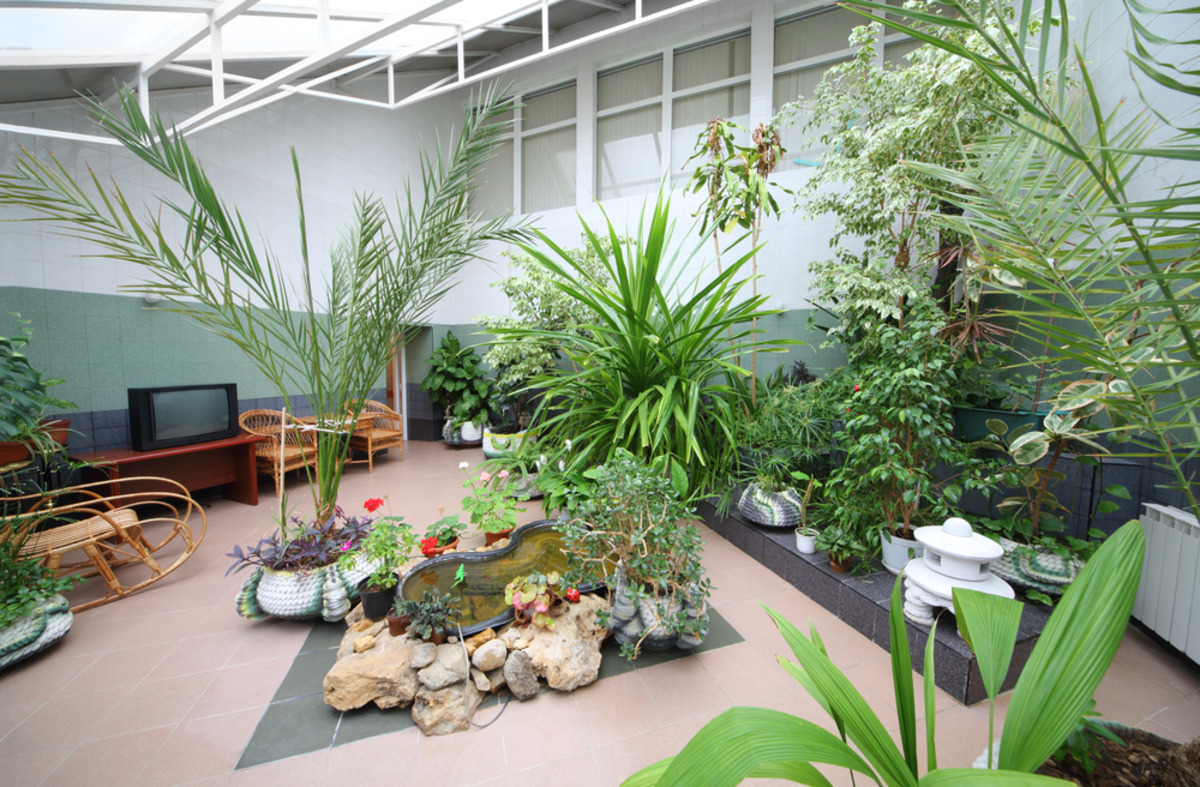
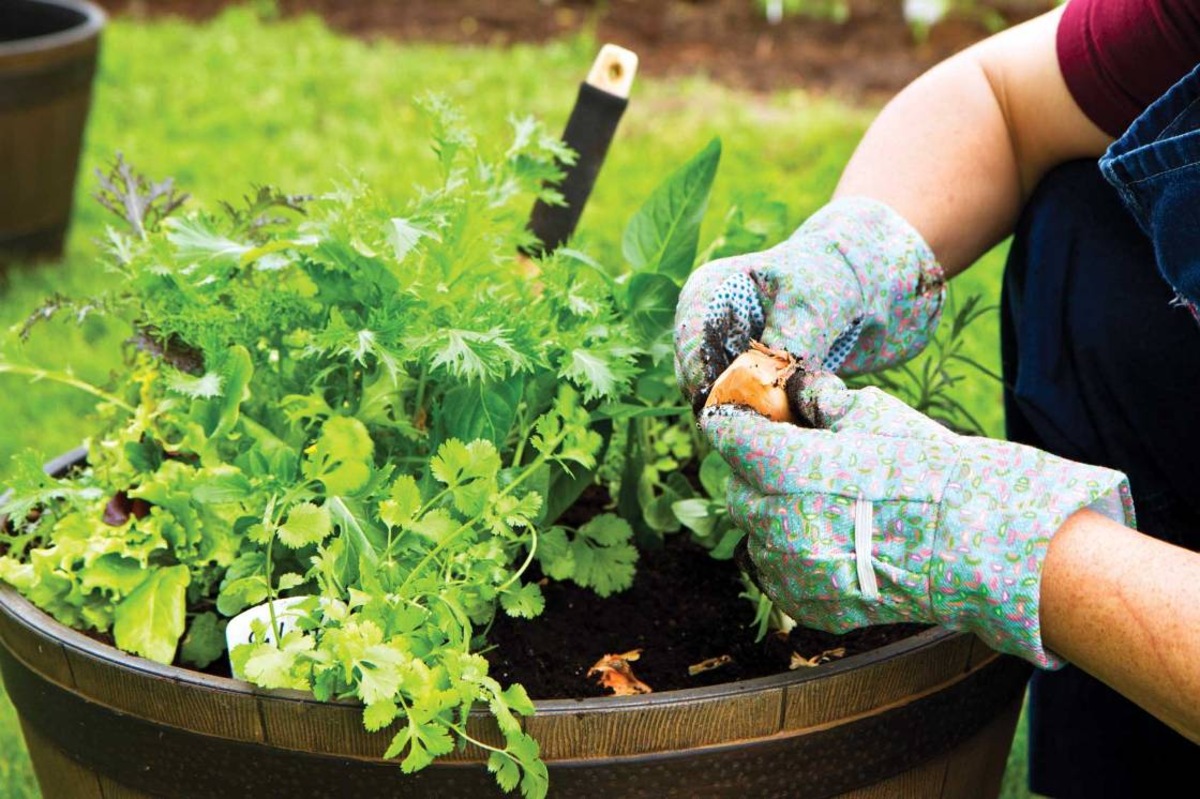
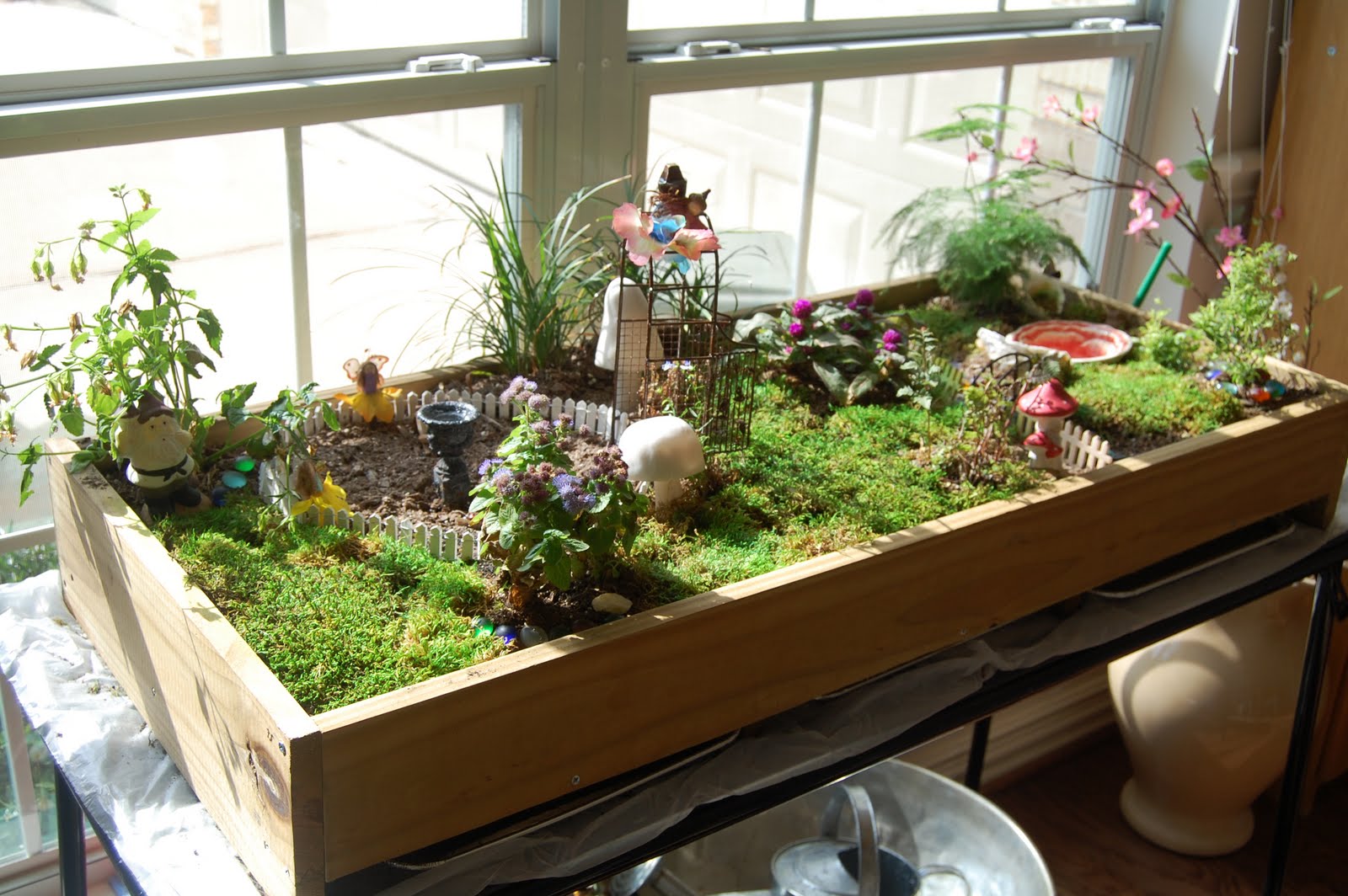
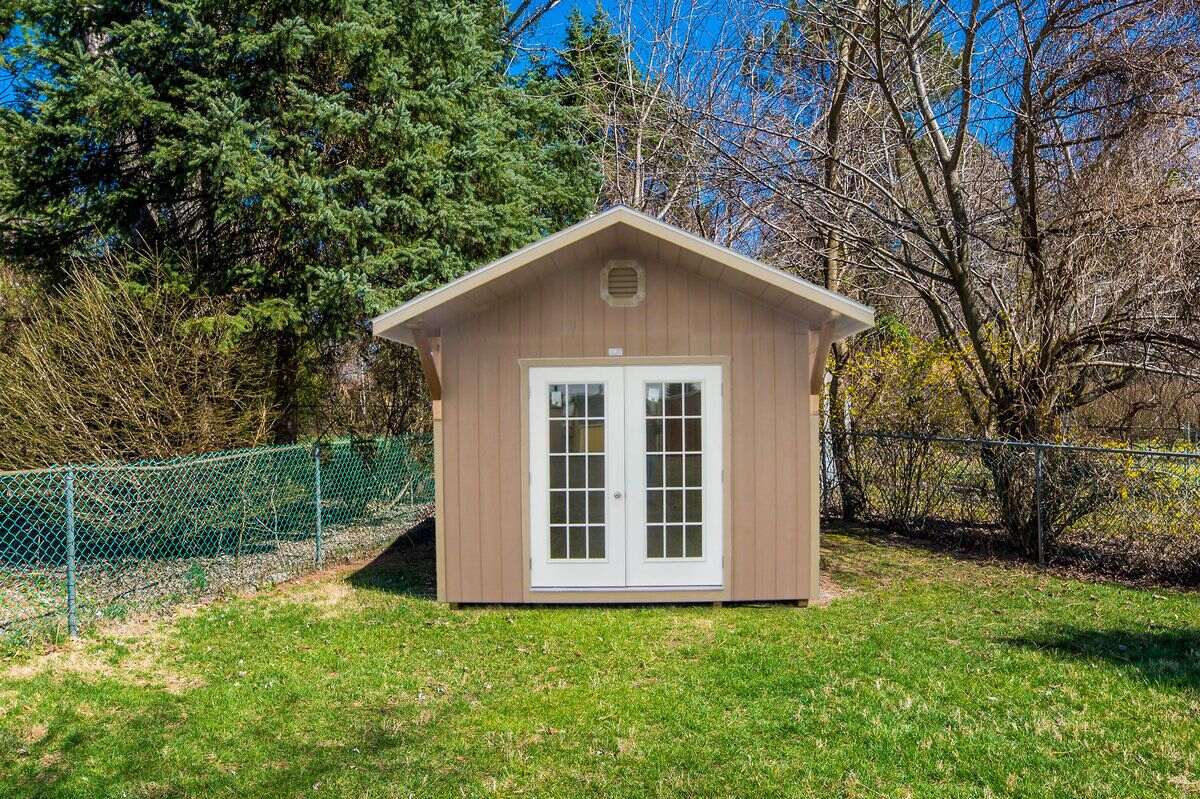
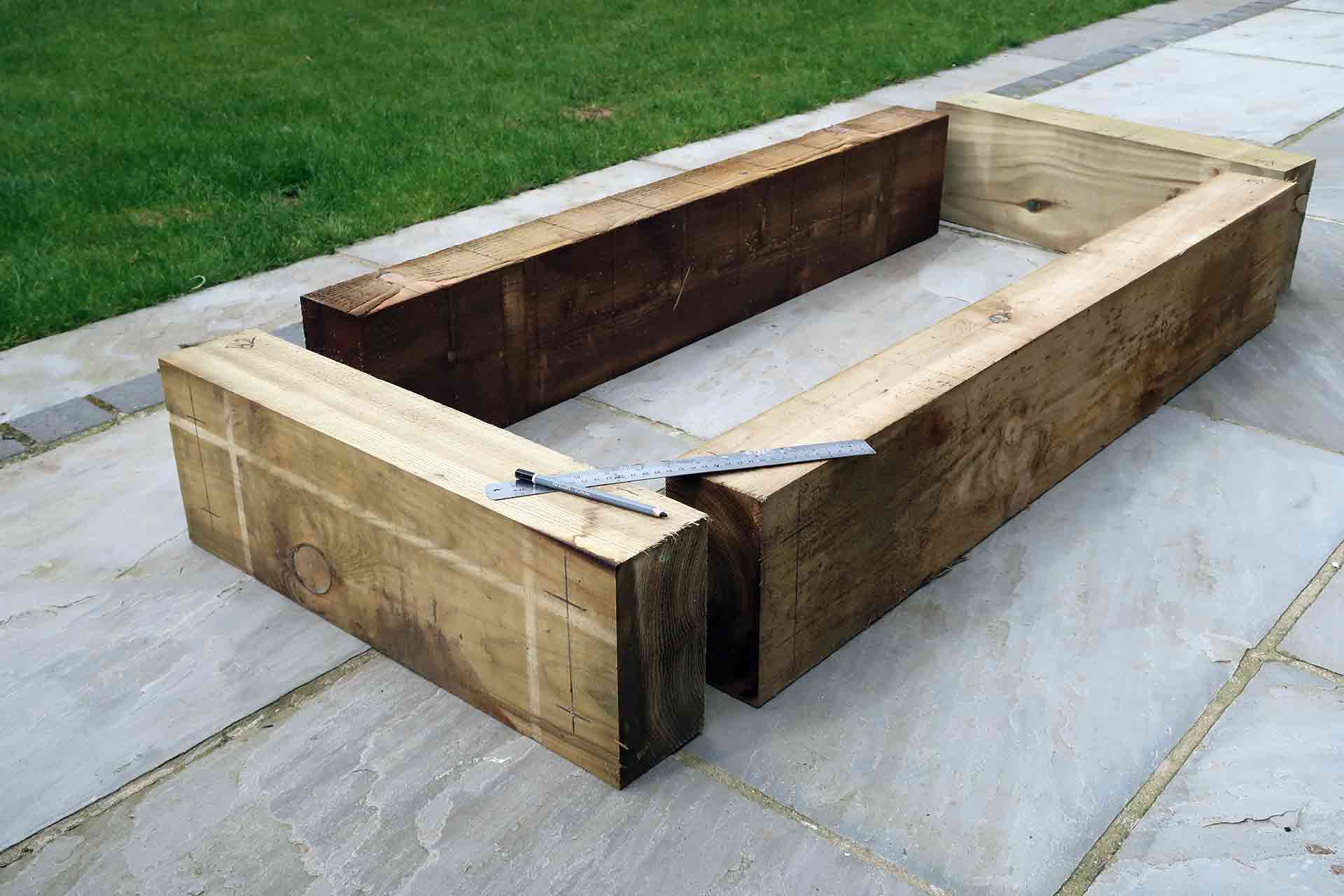
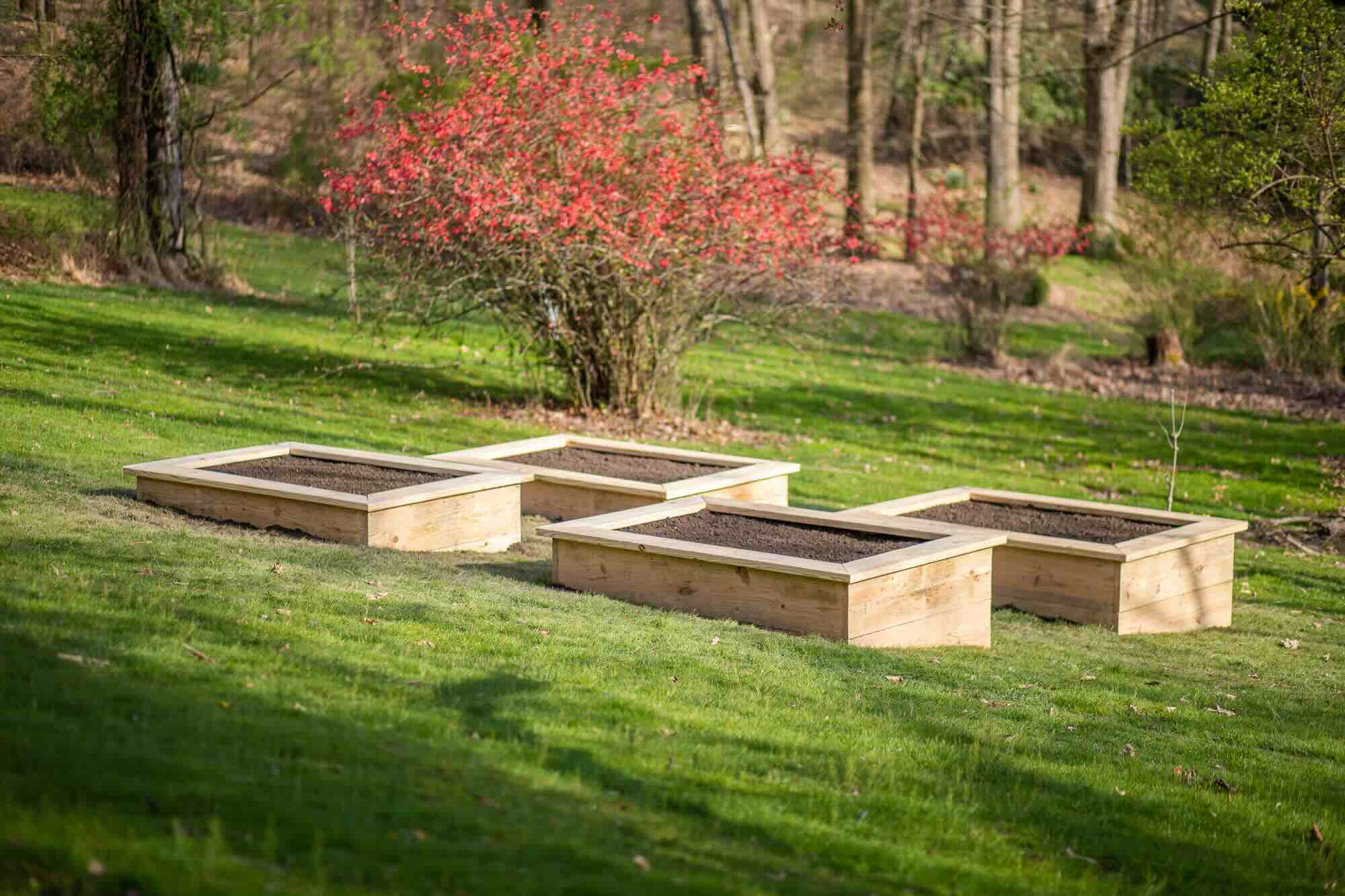
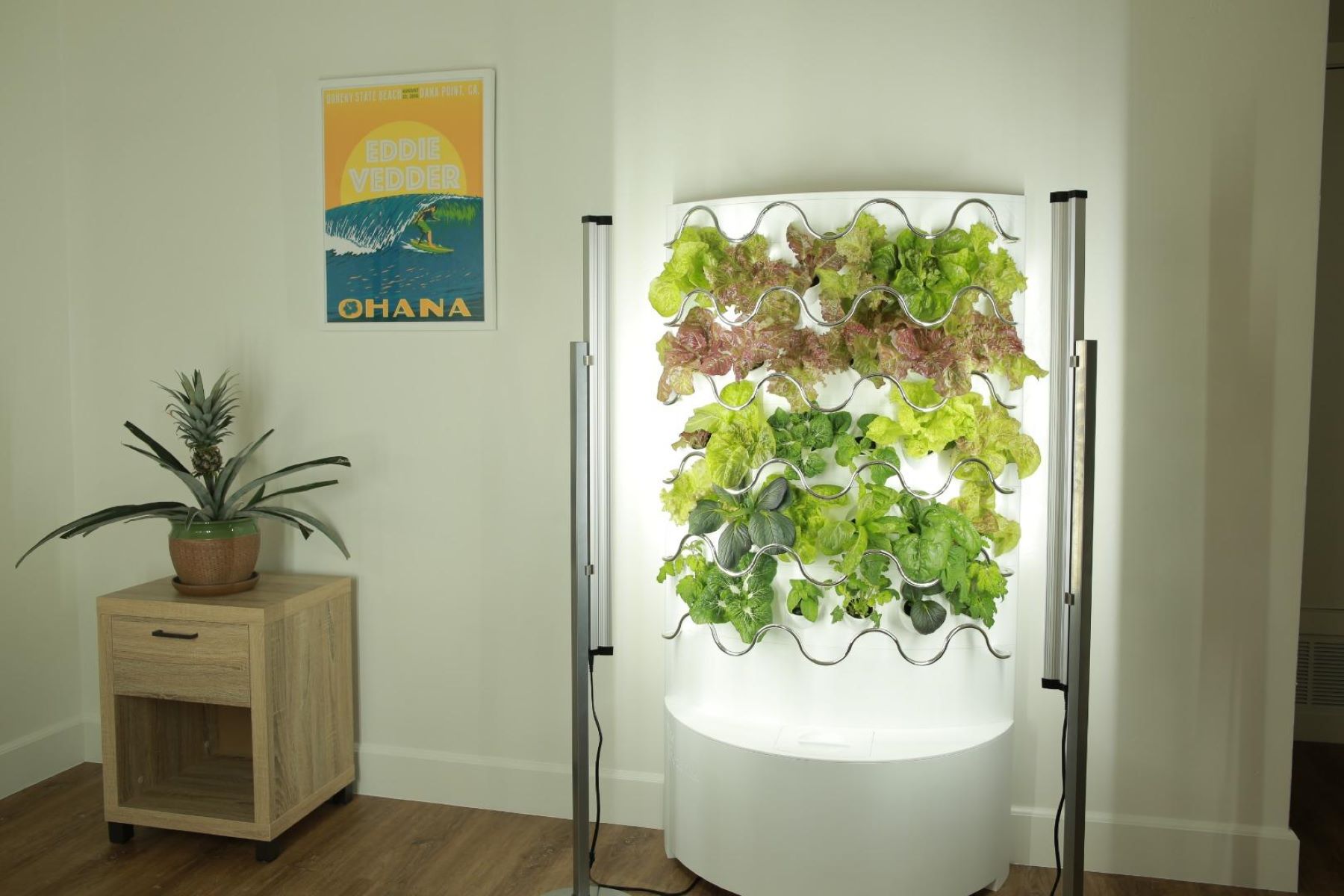

0 thoughts on “How To Build An Indoor Garden”